15+ Plant Science Activities and Lessons
Use these free lesson plans and activities to teach students about plant science—hands-on STEM options for all grade levels!
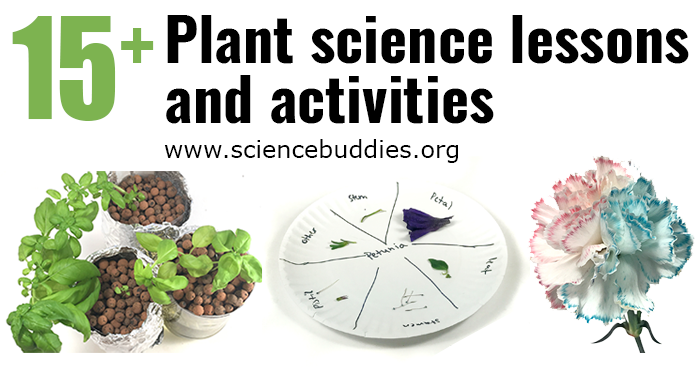
Plant science, botany, plant ecology, and plant biology can be introduced to students and explored at all grade levels. To support you in teaching K-12 students about plant science, we have a range of resources that can work well in a wide range of settings:
Note: for more information about the various "types" of resources available, see Understanding Science Buddies' Resources.
Lesson Plans to Teach Plant Science
1. Plant Needs (Kindergarten)
With the Doctor, What Does My Plant Need? lesson, even the youngest of students learn what plants need to survive.
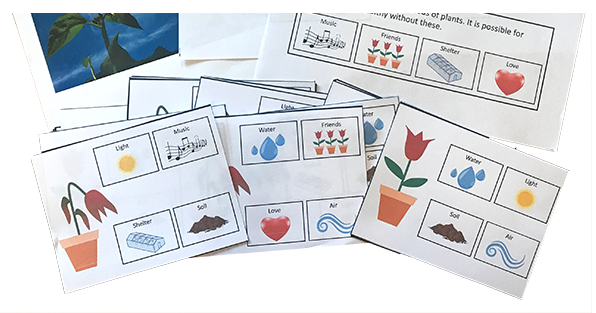
2. Transpiration and Capillary Action (Grade 2)
With the Water Transport in Plants lesson, students use flowers (or celery) and colored water to observe the process of how water moves through a plant. (An activity version is also available.)
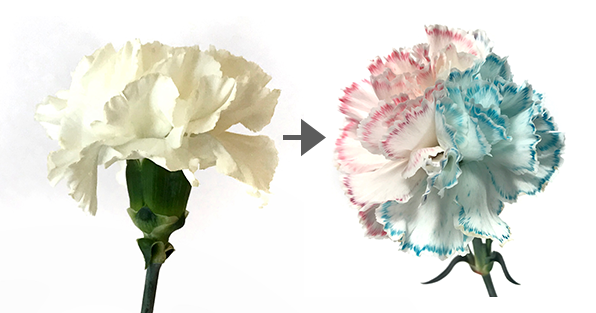
3. What is Coral? (Grades 2-6)
With the Is Coral a Plant or Animal? lesson, students build an edible coral polyp to explore the anatomy of coral and learn why corals are animals rather than plants.
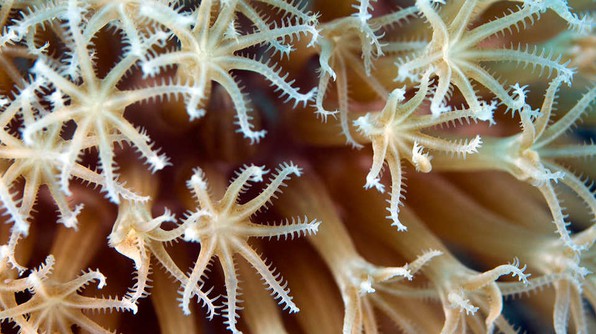
"Close-up of Coral Polyps" © 2009 Mark Yokohama
4. Apple & Onions (Grades 3-5)
There are more than 7,000 varieties of apples grown around the world! In the Apple Science: Comparing Apples and Onions lesson, elementary school students observe differences in apples and onions (or other produce) to talk about heritable traits and how crossbreeding and grafting are used to grow apples with specific features. In the middle school version, Apple Genetics: A Tasty Phenomena, students also use Punnett squares to determine probabilities for certain characteristics when crossbreeding different types of apples.

5. Plant Pollination (Grades 3-7)
With the Flowers Seeking Pollinators lesson, students learn about plant reproduction and use real data to find out which flowers get the most attention from different pollinators.
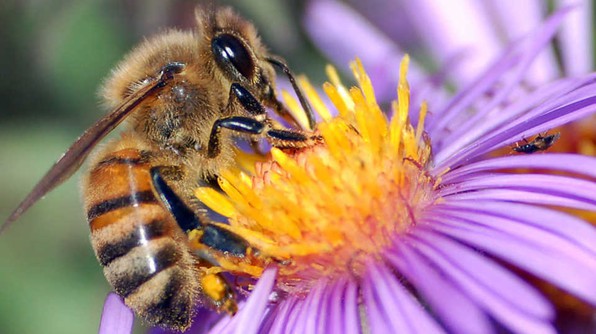
"European honey bee extracts nectar" by John Severns
6. Stomata Printing (Grades 3-12)
With the Stomata Printing: Microscope Investigation lesson, students examine the leaves of plants to discover the structures that enable plants to take in carbon dioxide from our atmosphere, release the oxygen, and retain the carbon.
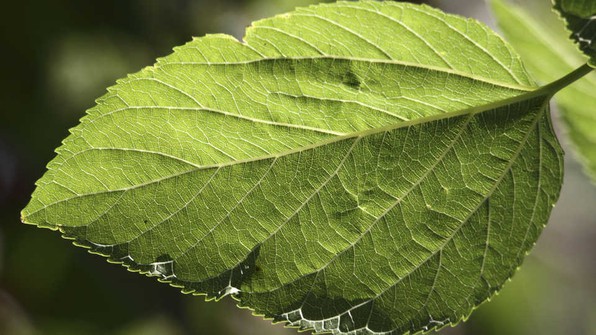
"Backlit Leaf" © 2011 Threthny
7. Leaf Disk Assay (Grades 3-5 and 6-8)
Through photosynthesis, plants convert light, carbon dioxide, and water into the oxygen and sugars they need for energy. In Part 1 of the Study Photosynthesis with the Floating Leaf Disk Assay middle school lesson plan, students use a floating leaf disk assay to demonstrate the production of oxygen gas during photosynthesis. In Part 2, students experiment to see how different variables affect the rate of photosynthesis in plants. For an elementary school lesson, see Plant Cycles: Photosynthesis & Transpiration.
8. Root Growth (Grades 6-8)
In the Bending Plant Roots with Gravity lesson, students investigate how changes in a plant's environment can alter the shape of the growing roots. For a related experiment, see Grow Plants in Microgravity with an Arduino Clinostat. In this project, students think about plant growth in space and use a clinostat to simulate plant growth in microgravity.
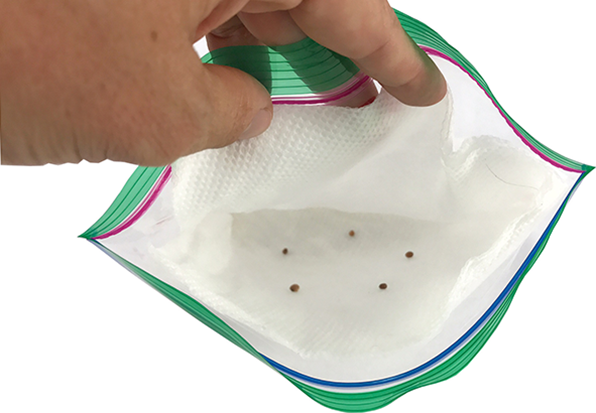
9. Seed Dispersal (Grades 6-8)
In the Plant Seed Design Challenge lesson, students learn about plant reproduction and are then challenged to design a seed structure that could be dispersed by an animal.
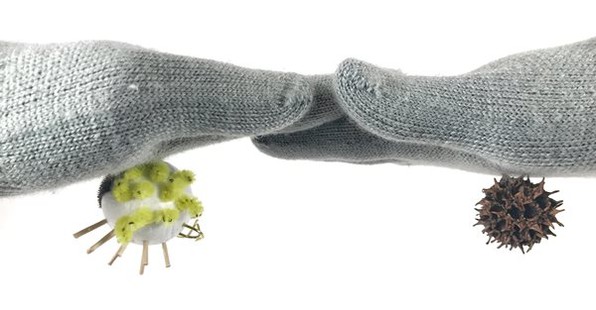
10. Bubbling Plants (Grades 6-8)
In the Bubbling Plants Experiment to Quantify Photosynthesis lesson, students experiment with a simple technique to quantify the amount of photosynthesis that occurs in a given period of time and then test to see how the amount of photosynthesis varies in different light conditions.
Activities to Teach or Explore Plant Science
1. Parts of a Flower
In the Dissect a Flower activity, students take flowers apart piece by piece to learn more about the parts of a flower and see what parts different flowers have in common.
2. Pigments in Leaves
In the Find the Hidden Colors of Leaves activity, students use paper chromatography to explore pigmentation in leaves.
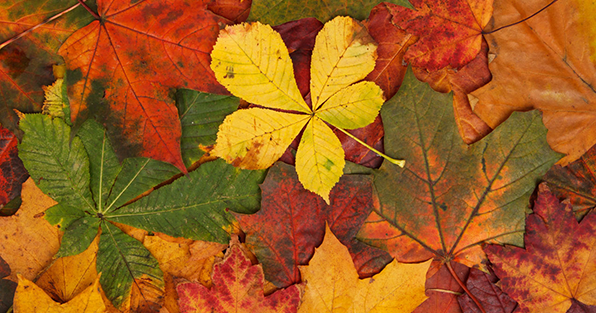
3. Growing Plants without Soil
In the Hydroponics Made Easy activity, students set up their own mini-gardens and grow plants with nutrient-rich water instead of soil.
4. Osmosis
In the Shrink a Potato with Osmosis! activity, students use potatoes to investigate the role of osmosis in moving water from soil and into a plant's cells.
5. Photosynthesis in Action
Photosynthesis is an important process in plants that helps them create the energy they need from the light, carbon dioxide, and water they take in. In the Measure Photosynthesis with Floating Leaves activity, students conduct a floating leaf disk experiment that lets them see the production of oxygen during photosynthesis.
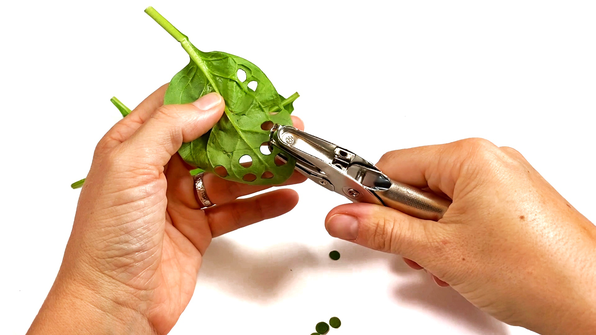
6. How Seeds Travel
Seed "dispersal" is important for plant survival and reproduction. Many seeds are carried by the wind. In the Gone with the Wind: Plant Seed Dispersal activity, students explore the variables related to seed dispersal and use craft materials to design seeds that could be successfully dispersed by the wind.
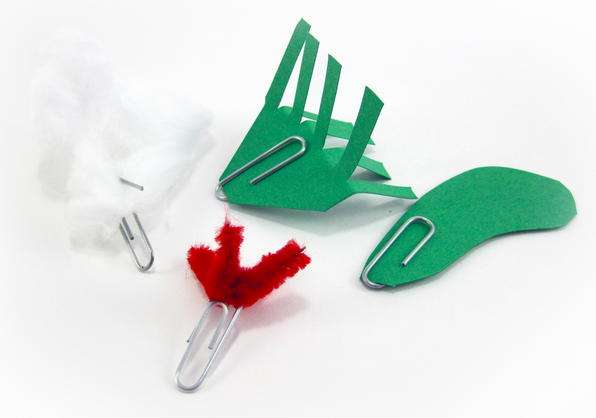
7. How Many Seeds?
What fruits have the most seeds? Why do fruits have seeds? Why do some have lots of seeds, and some have only a few or even just one? In the How Many Seeds Do Different Types of Fruit Produce? activity, students get hands-on comparing the number of seeds found in different fruits. They can also compare the number of seeds found in different samples of the same type of fruit. (Tip! This is a great way to have students practice keeping a log of data and performing simple calculations to get averages and put math skills to real-world use.)
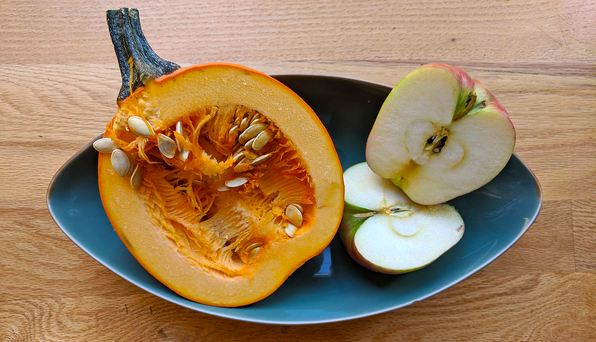
Science Fair Projects About Plant Science
Students interested in exploring plant biology and other areas of plant science may be interested in projects like these:
Elementary School
- Attack of the Killer Cabbage Clones
- Gone With the Wind: An Experiment on Seed & Fruit Dispersal
- Growing, Growing, Gone! An Experiment on Nitrogen Fertilizers
- How Many Seeds Do Different Types of Fruit Produce?
- Radiant Radish Seeds
- Sprouting Sweet Potatoes Slips
Middle School
- Can Plants Stop Soil Erosion?
- How Do Roots Grow When the Direction of Gravity Changes?
- Hydroponics: Gardening Without Soil
- Plants on the Move! Experiments with Phototropism
- Propagate Plants Without Using Seeds!
- Use Floating Leaf Disks to Study Photosynthesis
High School
- Grow Plants in Microgravity with an Arduino Clinostat
- Is It Ripe Yet? Build a Circuit to Detect Ripe Produce
- Monitor Your Plants with a Soil Moisture Sensor
Browse all Plant Biology projects
Projects are labeled with a sliding-scale "difficulty" rating. For more information see Understanding Project Difficulty.
Careers in Plant Science
Students interested in plant science can explore careers related to growing plants, environmental issues, or engineering related to plants. Students can learn more about relevant career paths in the following STEM career profiles:
- Agricultural Inspector
- Agricultural Technician
- Biofuel or Biodiesel Technology & Product Development Manager
- Environmental Scientist
- Landscape Architect
- Plant Scientist
- Soil Scientist
- Soil and Water Conservationist
Bookmark this Resource!
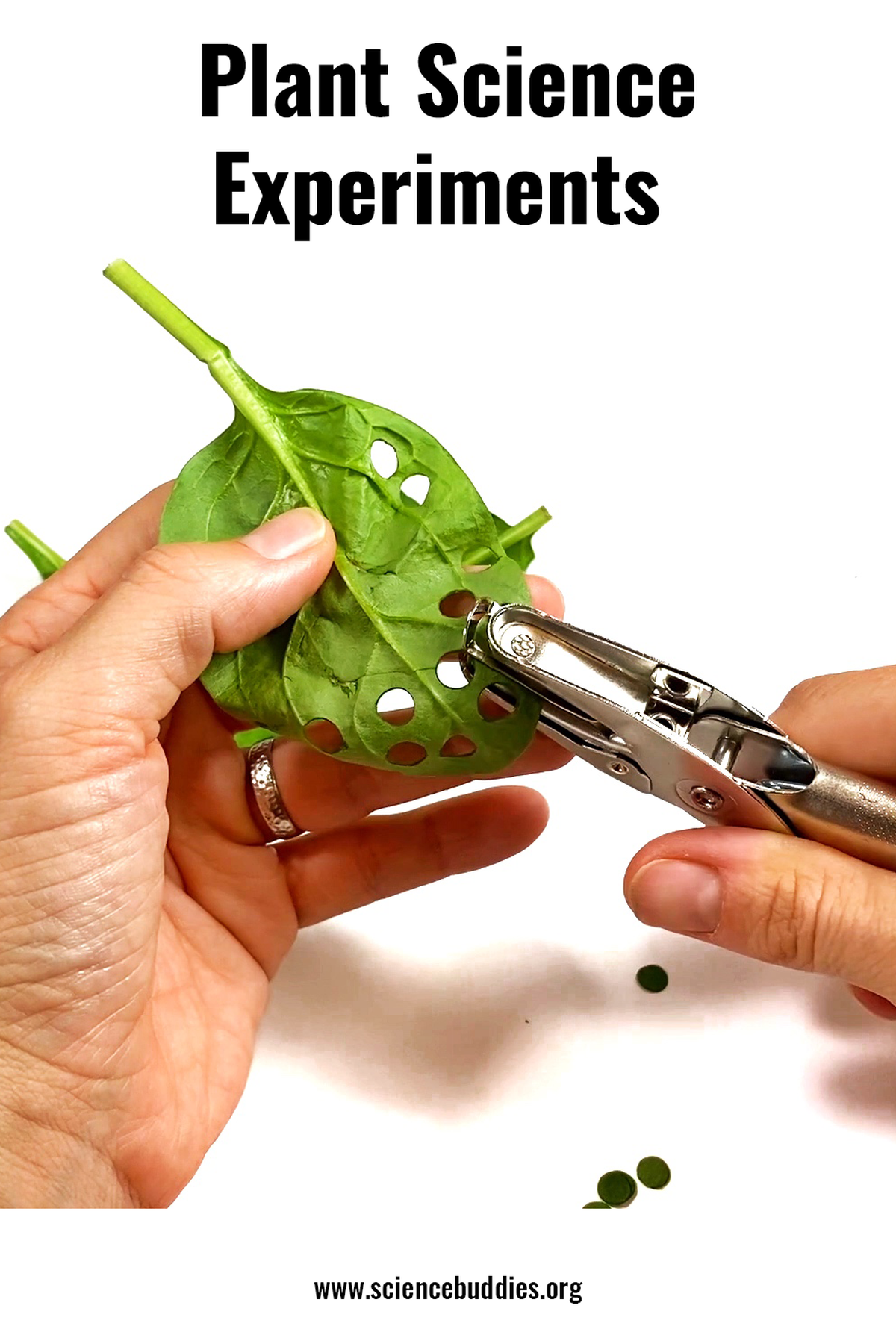
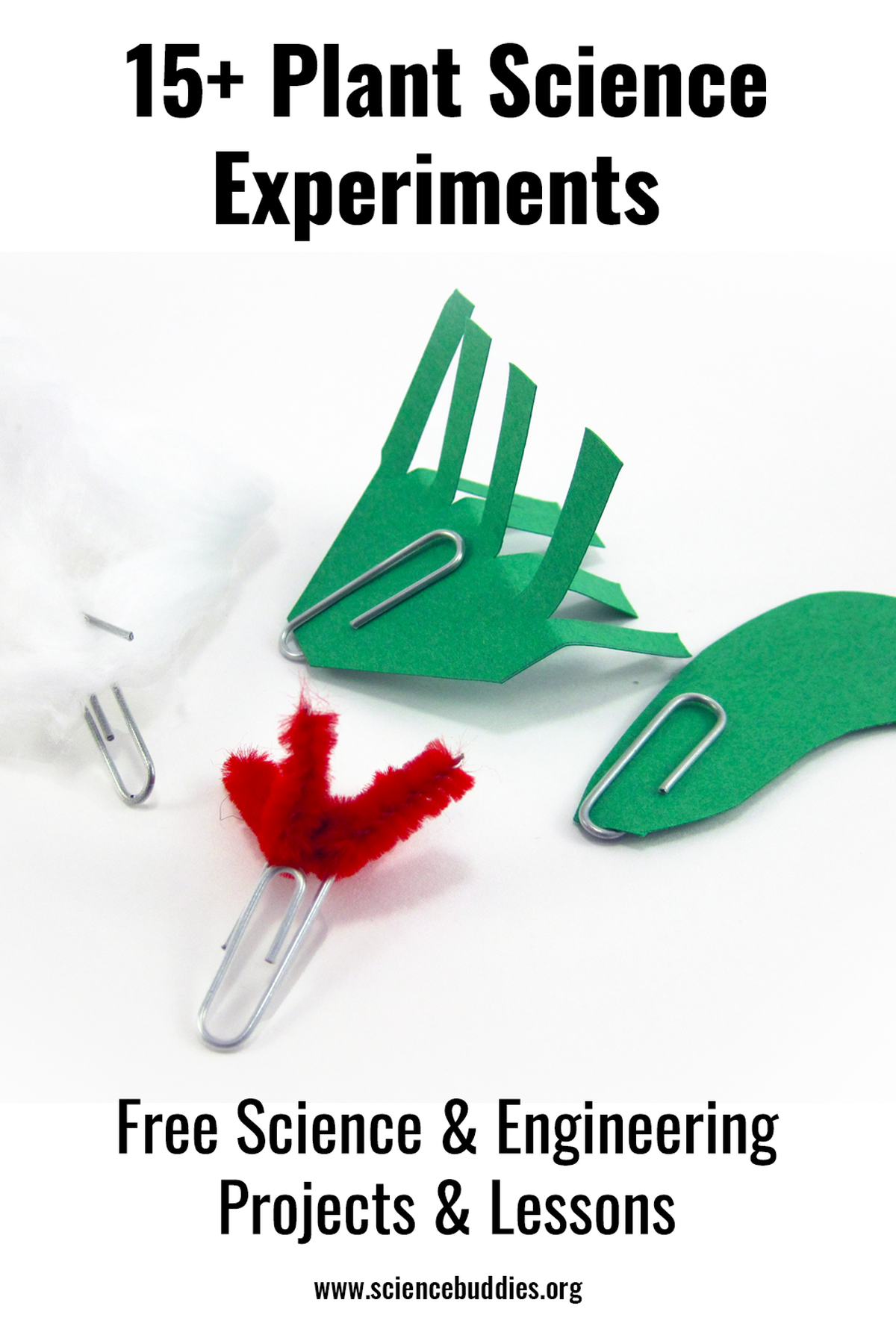
Thematic Collections
Collections like this help educators find themed activities in a specific subject area or discover activities and lessons that meet a curriculum need. We hope these collections make it convenient for teachers to browse related lessons and activities. For other collections, see the Teaching Science Units and Thematic Collections lists. We encourage you to browse the complete STEM Activities for Kids and Lesson Plans areas, too. Filters are available to help you narrow your search.
Understanding Science Buddies' STEM Resources
Lesson Plans contain materials to support educators leading hands-on STEM learning with students. Lesson Plans offer NGSS alignment, contain background materials to boost teacher confidence, even in areas that may be new to them, and include supplemental resources like worksheets, videos, discussion questions, and assessment materials.
Video Lessons include NGSS alignment and offer a plug-and-play option for teaching a STEM lesson. Each Video Lesson asks a science question, teaches students about the relevant science, and guides students in a hands-on experiment that will help them answer the question. Video Lessons are NGSS-aligned and bring core science concepts to life with storytelling, animation, and photos using a self-paced engage, explore, and reflect format.
Activities are simplified explorations that can be used in the classroom or in informal learning environments.
Projects are written to support students doing independent science projects or science fair projects. Projects can be adapted for classroom use.
You Might Also Enjoy These Related Posts:
- Teach Genetics and Heredity with Free STEM Lessons & Activities - Genetics Science Projects
- Star Wars Projects for May the 4th Be With You Science
- 25+ Earth Day Science Experiments and Activities
- Arduino Science Projects and Physical Computing
- Spring Science Projects: 26 Science Experiments for Spring
- 25+ Robotics Projects, Lessons, and Activities
- March Madness Basketball Science Projects: Sports Science Experiments
- 15 Density Science Experiments















